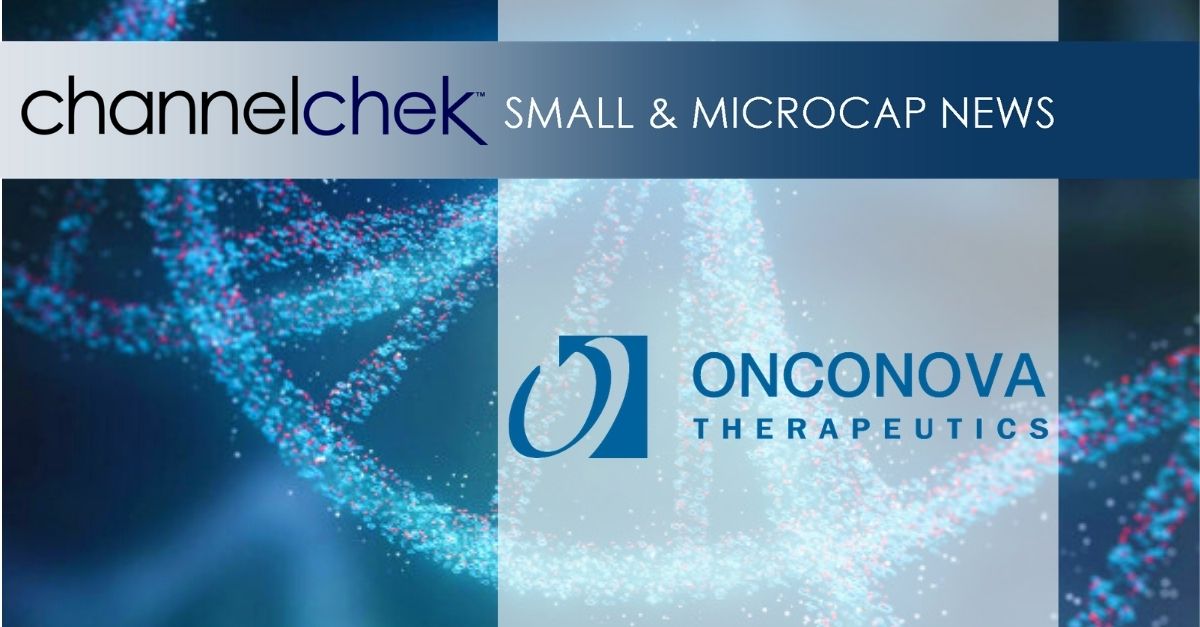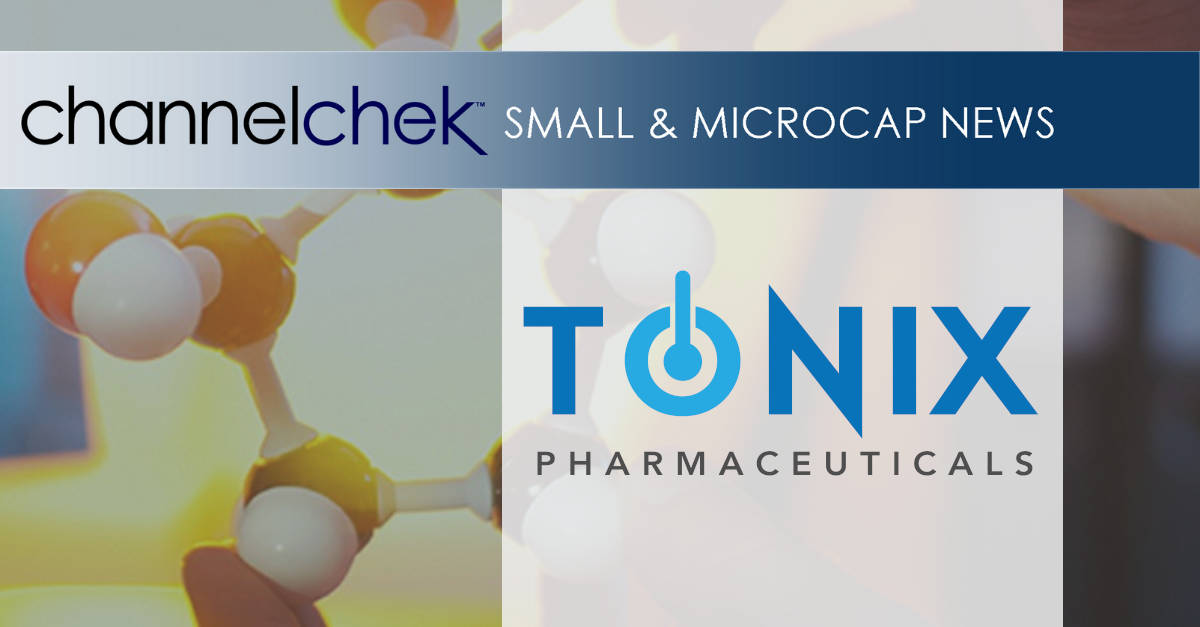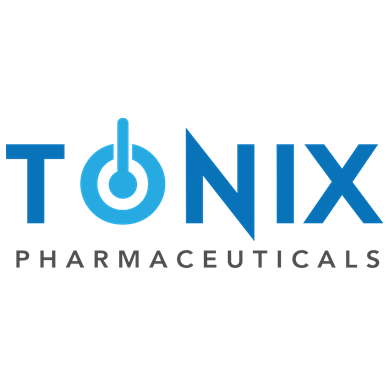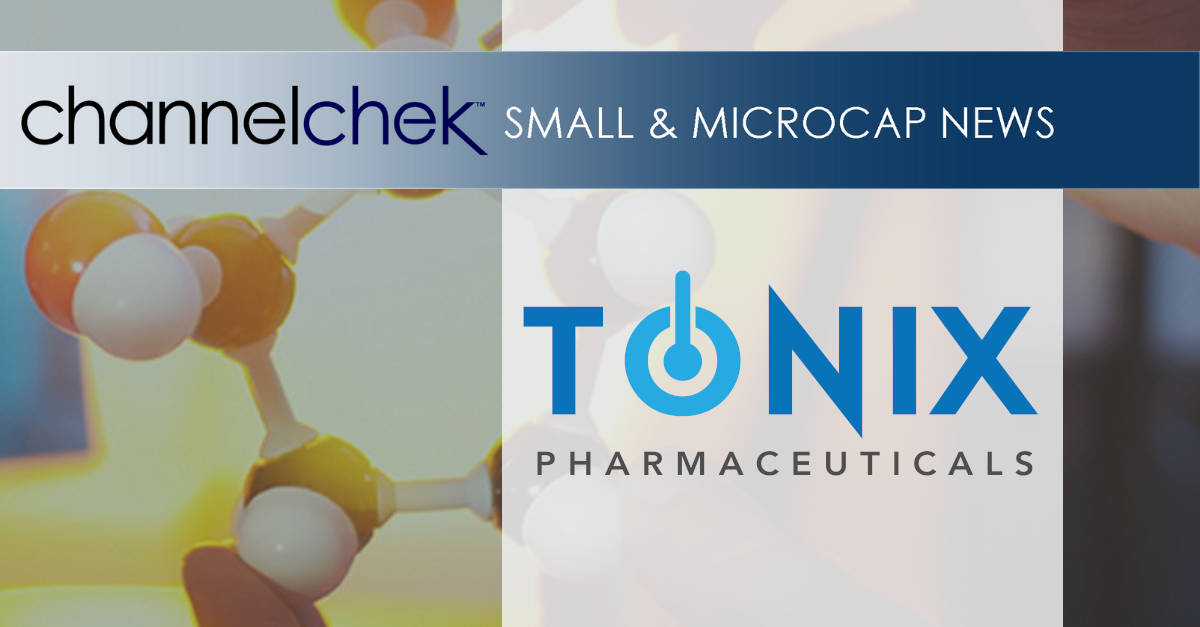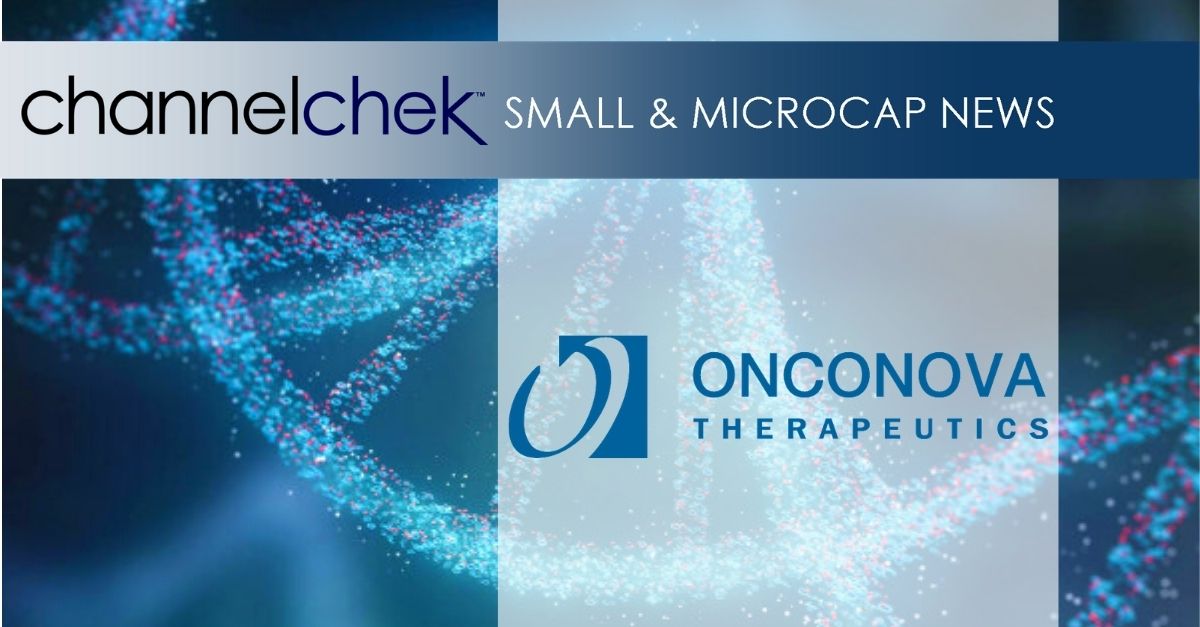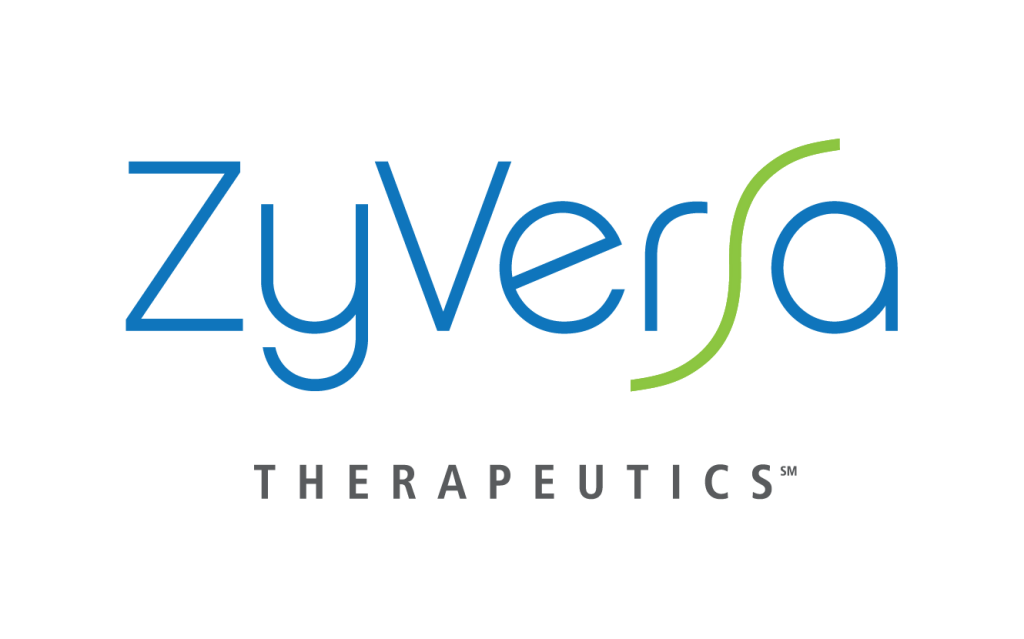
Research News and Market Data on ZVSA
Nov 6, 2023
- Despite decades of effective environmental policy and improved air quality in the US, air pollution remains the greatest environmental health risk factor, contributing to 100,000 to 200,000 incremental deaths annually, primarily from fine particulate matter (PM2.5) derived from pollutants including vehicle and industrial emissions from fuel and biomass combustion, cigarette smoke, volcanos, fires, and desert dust.
- PM2.5 is inhaled into the lungs, spreading through the bloodstream to other organs, especially the kidney, which accumulates it during glomerular filtration, where it triggers NLRP3 inflammasome activation resulting in damaging inflammation and cell death (pyroptosis) leading to chronic kidney disease and its progression.
- ZyVersa is developing Inflammasome ASC Inhibitor IC 100 which can inhibit up to 12 different inflammasomes (including NLRP3 inflammasomes) and their associated ASC specks which perpetuate damaging inflammation.
WESTON, Fla., Nov. 06, 2023 (GLOBE NEWSWIRE) — ZyVersa Therapeutics, Inc. (Nasdaq: ZVSA, or “ZyVersa”), a clinical stage specialty biopharmaceutical company developing first-in-class drugs for treatment of inflammatory and renal diseases, announces publication of an article in the peer-reviewed journal, Ecotoxicology and Environmental Safety, demonstrating that inhibiting NLRP3 inflammasomes can attenuate kidney damage and dysfunction associated with the environmental pollutant, PM2.5.
In the paper titled, “PM2.5 induces renal tubular injury by activating NLRP3-mediated pyroptosis,” the authors conducted studies in a mouse model exposed to high concentrations of ambient PM2.5 for 12 weeks, and in a mouse kidney cell line. Following are key findings reported in the paper:
- PM2.5 exposure leads to kidney structural changes and functional impairment.
- Inflammasome NLRP3-induced Inflammation and pyroptosis were increased in PM2.5-exposed kidney tissues.
- Inhibiting the inflammasome NLRP3 pathway, including downstream caspase-1, rescued the kidneys from PM2.5-induced cell death.
The authors stated, “We further provided evidence that NLRP3-mediated pyroptosis plays critical roles in the progression of kidney injury induced by PM2.5 exposure. Inhibiting the activation of NLRP3 inflammasome can remarkably protect the renal tubular epithelial cells from PM2.5-induced proptosis.” To read the article, Click Here.
“The research published in the Journal, Ecotoxicology and Environmental Safety, reinforces other published data demonstrating that inhibiting NLRP3 inflammasomes can attenuate kidney damage and dysfunction of multiple causes, now including kidney damage associated with the environmental pollutant, PM2.5,” commented Stephen C. Glover, ZyVersa’s Co-founder, Chairman, CEO and President. “This research provides increasing support for inflammasome inhibition as a promising treatment option for kidney disease, a major health problem affecting over 35 million adults in the United States. ZyVersa is developing Inflammasome ASC inhibitor IC 100. Unlike NLRP3 inhibitors, designed to inhibit formation of one inflammasome to block initiation of the inflammatory cascade, IC 100 was designed to inhibit multiple types of inflammasomes and their associated ASC specks to uniquely block both initiation and perpetuation of damaging inflammation.” To review a white paper summarizing the mechanism of action and preclinical data for IC 100, Click Here.
About Inflammasome ASC Inhibitor IC 100
IC 100 is a novel humanized IgG4 monoclonal antibody that inhibits the inflammasome adaptor protein ASC. IC 100 was designed to attenuate both initiation and perpetuation of the inflammatory response. It does so by binding to a specific region of the ASC component of multiple types of inflammasomes, including NLRP1, NLRP2, NLRP3, NLRC4, AIM2, Pyrin. Intracellularly, IC 100 binds to ASC monomers, inhibiting inflammasome formation, thereby blocking activation of IL-1β early in the inflammatory cascade. IC 100 also binds to ASC in ASC Specks, both intracellularly and extracellularly, further blocking activation of IL-1β and the perpetuation of the inflammatory response that is pathogenic in inflammatory diseases. Because active cytokines amplify adaptive immunity through various mechanisms, IC 100, by attenuating cytokine activation, also attenuates the adaptive immune response.
About ZyVersa Therapeutics, Inc.
ZyVersa (Nasdaq: ZVSA) is a clinical stage specialty biopharmaceutical company leveraging advanced, proprietary technologies to develop first-in-class drugs for patients with renal and inflammatory diseases who have significant unmet medical needs. The Company is currently advancing a therapeutic development pipeline with multiple programs built around its two proprietary technologies – Cholesterol Efflux Mediator™ VAR 200 for treatment of kidney diseases, and Inflammasome ASC Inhibitor IC 100, targeting damaging inflammation associated with numerous CNS and other inflammatory diseases. For more information, please visit www.zyversa.com.
Cautionary Statement Regarding Forward-Looking Statements
Certain statements contained in this press release regarding matters that are not historical facts, are forward-looking statements within the meaning of Section 21E of the Securities Exchange Act of 1934, as amended, and the Private Securities Litigation Reform Act of 1995. These include statements regarding management’s intentions, plans, beliefs, expectations, or forecasts for the future, and, therefore, you are cautioned not to place undue reliance on them. No forward-looking statement can be guaranteed, and actual results may differ materially from those projected. ZyVersa Therapeutics, Inc (“ZyVersa”) uses words such as “anticipates,” “believes,” “plans,” “expects,” “projects,” “future,” “intends,” “may,” “will,” “should,” “could,” “estimates,” “predicts,” “potential,” “continue,” “guidance,” and similar expressions to identify these forward-looking statements that are intended to be covered by the safe-harbor provisions. Such forward-looking statements are based on ZyVersa’s expectations and involve risks and uncertainties; consequently, actual results may differ materially from those expressed or implied in the statements due to a number of factors, including ZyVersa’s plans to develop and commercialize its product candidates, the timing of initiation of ZyVersa’s planned preclinical and clinical trials; the timing of the availability of data from ZyVersa’s preclinical and clinical trials; the timing of any planned investigational new drug application or new drug application; ZyVersa’s plans to research, develop, and commercialize its current and future product candidates; the clinical utility, potential benefits and market acceptance of ZyVersa’s product candidates; ZyVersa’s commercialization, marketing and manufacturing capabilities and strategy; ZyVersa’s ability to protect its intellectual property position; and ZyVersa’s estimates regarding future revenue, expenses, capital requirements and need for additional financing.
New factors emerge from time-to-time, and it is not possible for ZyVersa to predict all such factors, nor can ZyVersa assess the impact of each such factor on the business or the extent to which any factor, or combination of factors, may cause actual results to differ materially from those contained in any forward-looking statements. Forward-looking statements included in this press release are based on information available to ZyVersa as of the date of this press release. ZyVersa disclaims any obligation to update such forward-looking statements to reflect events or circumstances after the date of this press release, except as required by applicable law.
This press release does not constitute an offer to sell, or the solicitation of an offer to buy, any securities.
Corporate and IR Contact:
Karen Cashmere
Chief Commercial Officer
kcashmere@zyversa.com
786-251-9641
Media Contacts
Tiberend Strategic Advisors, Inc.
Casey McDonald
cmcdonald@tiberend.com
646-577-8520
Dave Schemelia
dschemelia@tiberend.com
609-468-9325


